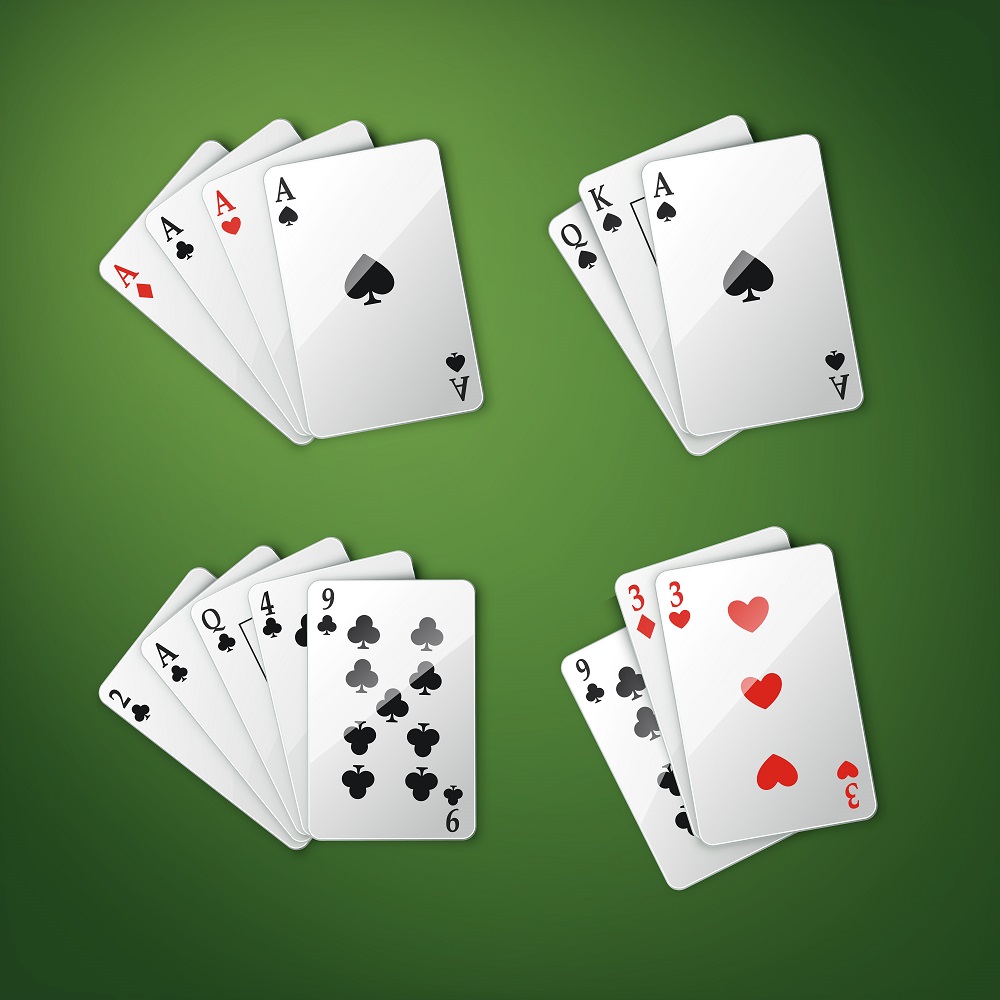How to Play Pai Gow Poker

Navigating the world of Meta888 Pai Gow Poker involves a balance of strategy and chance. With seven cards in hand, the goal is to create two strong hands by carefully dividing them. Understanding the hand rankings and mastering the art of hand-splitting are essential skills to outplay the dealer.
By delving into key strategies and practical tips, players can enhance their chances of success in this game that blends skill and luck.
Rules of Pai Gow Poker
To play Pai Gow Poker effectively, it’s crucial to grasp the rules of the game. Each player is dealt seven cards, which they must divide into a five-card High Hand and a two-card Low Hand.
The High Hand must have a higher ranking than the Low Hand according to standard poker hand hierarchy, with one exception: the second-highest straight is A-2-3-4-5. The joker can act as a wildcard to complete specific hands or serve as an Ace.
During the showdown with the dealer, both the High and Low Hands of the player must surpass those of the dealer to secure a win. In case of a tie, the round is considered a push, whereas winning both hands results in a higher payout.
Understanding these rules is fundamental to navigating the gameplay and making strategic decisions in Pai Gow Poker.
Setting Up the Game
To set up a game of Pai Gow Poker, players should ensure that the table is arranged with designated spots for each player and the dealer. Adequate seating should be available for all participants, and the deck of cards must be thoroughly shuffled and prepared for use. The dealer’s position should allow easy access for all players to interact with them effectively.
Each player will be dealt seven cards to form two poker hands: a five-card “high hand” and a two-card “low hand.” Properly setting up the game guarantees a smooth and enjoyable gaming experience for all involved.
Understanding Hand Rankings
Understanding hand rankings in Pai Gow Poker is crucial for playing the game effectively. In Pai Gow Poker, players are dealt seven cards and must form a five-card high hand and a two-card low hand. The high hand must always rank higher than the low hand.
Hand rankings in Pai Gow Poker are similar to traditional poker rankings, with the exception that the “wheel” (A-2-3-4-5) is considered the second-highest straight. The highest possible hand is five aces, which includes four aces and a joker serving as the fifth ace.
Being familiar with these hand rankings is essential for making strategic decisions and increasing your chances of success in Pai Gow Poker.
Dealing and Playing the Game
In Pai Gow Poker, a standard 52-card deck is used, along with a single joker. The game begins with the dealer shuffling the cards and dealing seven cards to each player, including themselves. The goal is to form two poker hands: a five-card high hand and a two-card low hand, with the five-card hand ranking higher than the two-card hand. Players must strategically arrange their cards to optimize their chances of winning.
After arranging their cards, the dealer reveals their own hand and compares it to each player’s hands. To win, both of a player’s hands must beat the dealer’s hands. If only one hand wins, the round results in a push, and if both hands lose, the player loses their bet.
Pai Gow Poker offers a blend of skill and luck, requiring players to make calculated decisions to maximize their winning potential.
Splitting Your Hands Strategically
Strategically splitting your hands in Pai Gow Poker is a key strategic aspect of the game that can have a significant impact on your success. When organizing your seven cards into a five-card high hand and a two-card low hand, it’s important to assess the strength of each hand combination.
It’s advisable to prioritize creating a strong high hand that surpasses the low hand in strength to maximize your chances of winning both hands. For instance, if you hold a pair, assigning it to your high hand is recommended, unless you also possess two pairs.
It’s generally best to refrain from breaking up strong hands like straights or flushes unless you have a pair that can be used in the low hand. By carefully analyzing your hand and executing strategic splits, you can elevate your gameplay and potentially achieve more favorable outcomes.
Handling Ties and House Edge
When ties occur in Pai Gow Poker, it’s crucial to understand how they’re resolved and their implications for your gameplay.
In the case of a tie between your hand and the dealer’s hand, it’s referred to as a push, and your bet is returned to you. However, if there’s a tie in one hand while the dealer wins the other, it results in a loss for you.
Additionally, it’s important to be aware of the house edge in Pai Gow Poker.
The house typically charges a 5% commission on winning bets, which serves to slightly increase the advantage in their favor. This commission should be taken into account when placing bets to make informed decisions and potentially improve your chances of success in the game.
Tips for Winning at Pai Gow Poker
To improve your odds of winning at Pai Gow Poker, it’s essential to have a thorough understanding of the game’s rules and strategies.
It’s important to learn the optimal ways to arrange your hands, aiming to create the strongest two-card and five-card combinations possible to beat the dealer’s two hands.
Proper bankroll management is also crucial to avoid excessive risks; carefully consider your bets and avoid overextending yourself financially.
If you’re unsure about how to set your hands, using the “house way” can help prevent costly errors.
Additionally, observing and learning from other players’ tactics can offer valuable insights into successful gameplay strategies.
Conclusion
Now that you have learned the rules, hand rankings, and strategies for Pai Gow Poker, you are ready to hit the tables with confidence. Remember to carefully split your cards, manage ties effectively, and keep an eye on the house edge. With practice and skill, you can increase your chances of winning and enjoy the unique blend of luck and strategy that Pai Gow Poker offers. Good luck and have fun playing!






















